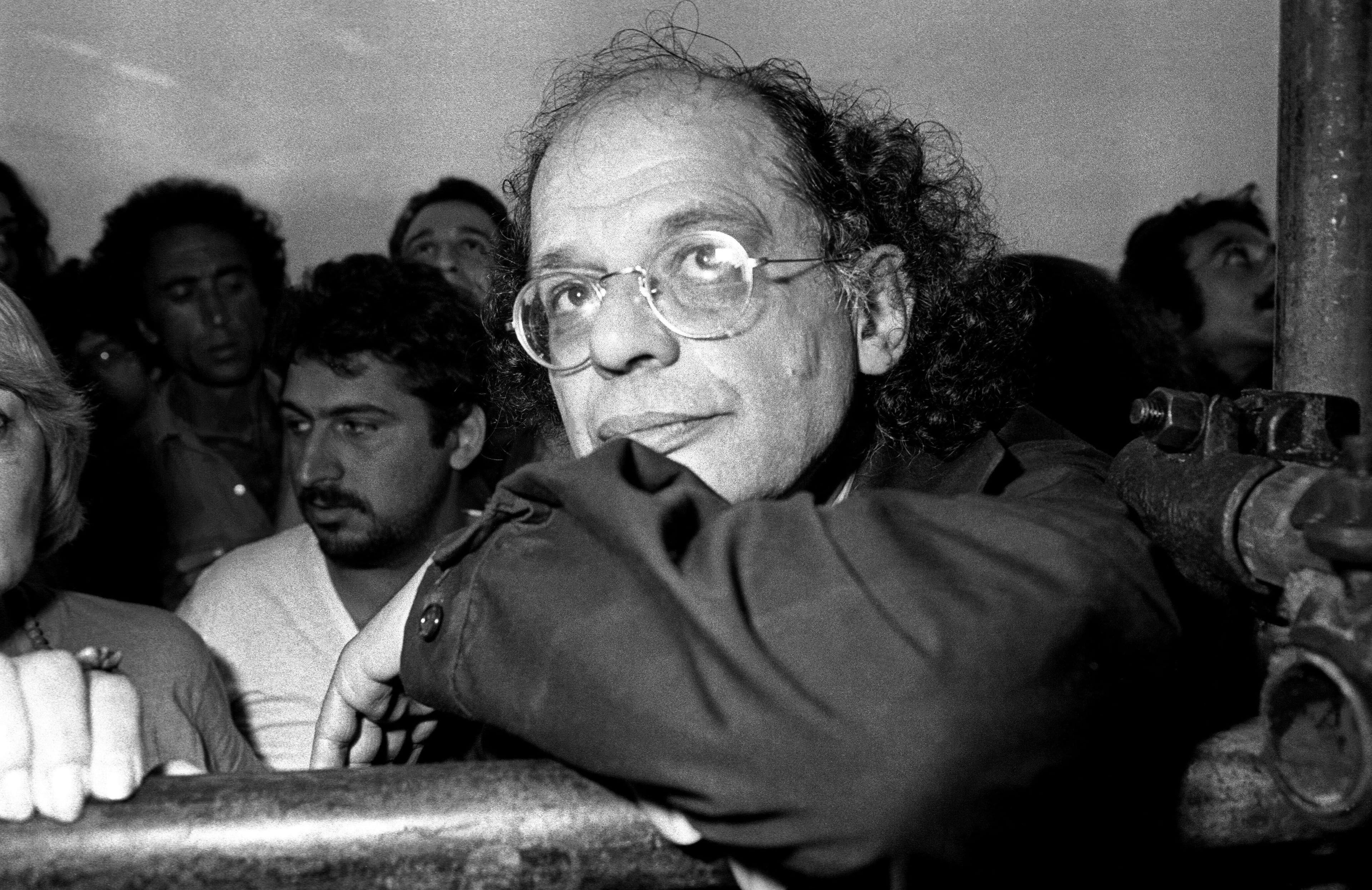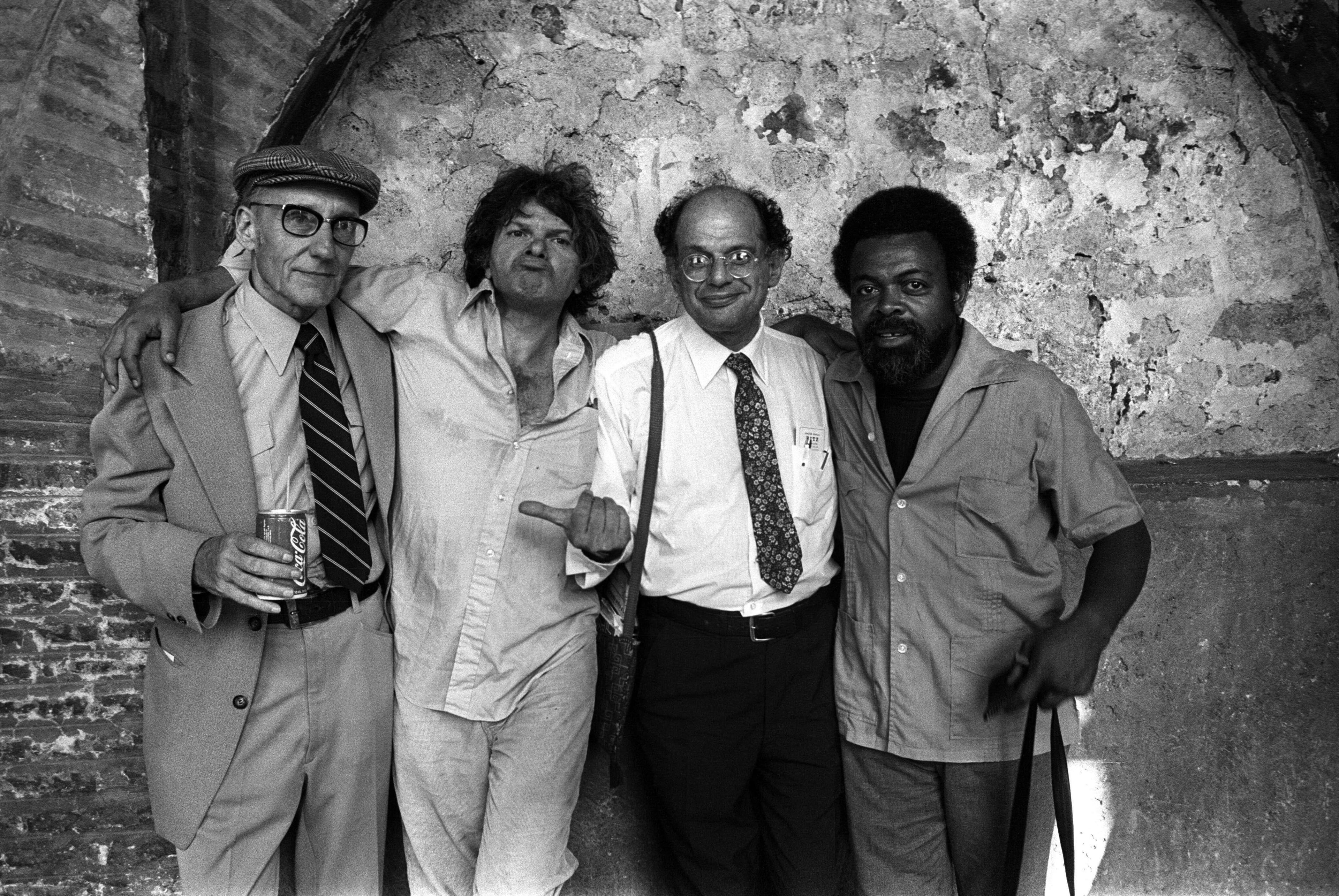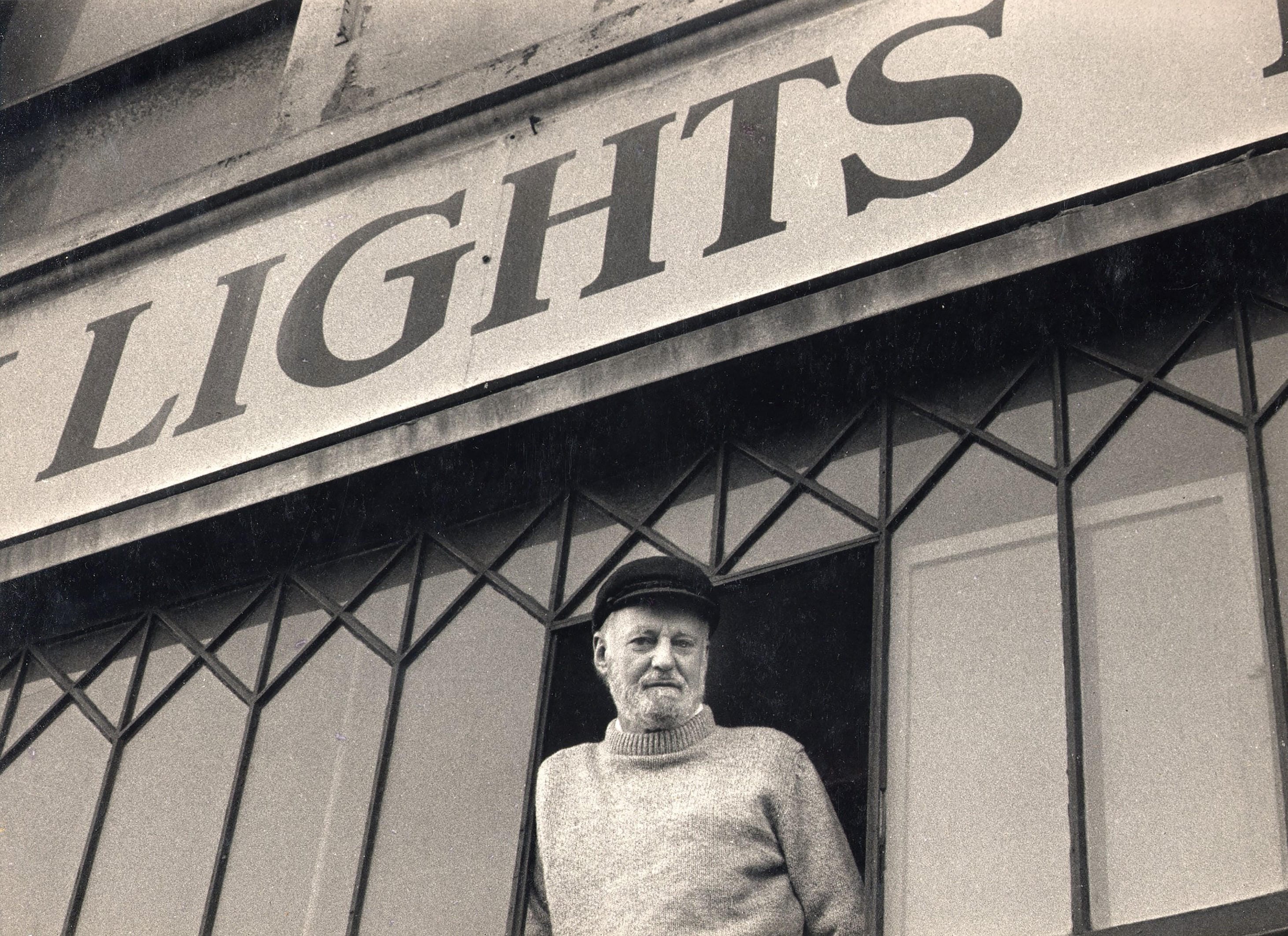THE NIGHT THAT LAUNCHED THE BEAT GENERATION

American poet and icon of the Beat Generation Allen Ginsberg. | Lebrecht Music & Arts
SEVENTY YEARS AGO, A STORIED NIGHT OF POETRY IN SAN FRANCISCO CHANGED AMERICAN CULTURE.
“I saw the best minds of my generation destroyed by madness, starving hysterical naked . . .”
Allen Ginsberg burst on to the literary scene with his stunning, incantatory poem “Howl,” delivered at a San Francisco art gallery called the Six, in October, 1955. The night became known as a seismic event: The moment when the Beat Generation, a small group of writers and artists united by unfettered style and ambitions, entered the public consciousness.
Seven decades have passed since a night that has grown longer on legend than fact. Definitive details are few, and accounts are varied. Some describe the gallery as a spacious former auto repair shop with a dirt floor, featuring, on the night of the reading, a Surrealist sculpture built from orange wood crates and plaster. According to Jack Kerouac’s fictionalized account in The Dharma Bums, he collected money at the door and procured jugs of wine for the readers and attendees. We do know it was the debut for Ginsberg and Michael McClure; the two were joined by Philip Lamantia, Philip Whalen and Gary Snyder—all relatively unknown poets on the San Francisco scene. One of the Six Gallery organizers, painter Wally Hedrick, had proposed the idea of a local showcase to poet Kenneth Rexroth, who reached out to Ginsberg for suggestions. Rexroth acted as master of ceremonies. He was part of San Francisco’s older, more established generation, and hosted weekly salons that drew on the city’s vibrating literary energy of the time. About 100 people came to the Six Gallery, many of them likely drawn by Rexroth’s stamp of approval.
At first, Ginsberg didn’t want to participate. He didn’t think there were enough poets to support a reading—but that all changed once he started writing “Howl.” The long poem began with a terrifying peyote vision of the façade of the Sir Francis Drake Hotel, seen through San Francisco fog as a child-eating demon. Ginsberg, who had moved to San Francisco from New York in the early ’50s, was moving toward writing full-time, meanwhile coming to terms with his homosexuality.
“Howl” kept growing as Ginsberg added material from the lives of his friends, a loose constellation of writers and artists who circulated between New York, San Francisco, the West and Northwest, forming a subculture of their own. Jack Kerouac had started using the term “Beat” as far back as 1948, but the San Francisco reading would live on in American cultural lore as the night the “Beat Generation” announced itself to the world.
One sees the power of spoken word, oral history, and performance poetry in the legacy of the Six Gallery reading—of fearless, maximal artistry for emerging writers and the lived experiences of the vulnerable. Of being un-silenced and free. That night, the audience was the first to become changed by Ginsberg’s verse, cheering him on with shouts of “go! go!,” with some moved to tears, including Rexroth.
McClure recalled:
“Ginsberg read on till the end of the poem, which left us standing in wonder, or cheering and wondering, but knowing at the deepest level that barrier had been broken, that a human voice and body had been hurled against the harsh walls of America and its supporting armies and navies and acadamies and institutions and ownership-systems and power-support bases…‘Howl’ was Allen’s metamorphosis from quiet, brilliant, burning bohemian scholar trapped by his flames and repressions to epic vocal bard.”
The poets came to the night with varying aesthetics and concerns, but were united by their passion for the art form and discontent with the status quo. Lamantia read poems by his late friend John Hoffman, while McClure read five of his own poems (including “For the Death of 100 Whales” and “Point Lobos: Animism”). Whalen read “Plus Ca Change.” After taking a pause after Ginsberg’s astonishing performance, Snyder was the final reader, with “A Berry Feast.” A lauded and prolific writer and environmental activist, Snyder is the only remaining Six Gallery reader alive today.
The reading launched the San Francisco poetry scene into the literary world. Ginsberg, Kerouac and Williams S. Burroughs would become the most famous writers of the Beat Generation, and the movement would radically inspire and influence postwar American art, culture, and politics, leading into the hippie and larger counterculture movements of the 1960s. The Beats were all about nonconformity, spontaneous creativity and sexual liberation—journeying along a spiritual quest and chronicling the raw ecstasy and despair of the human condition.

Many women and people of color were also part of the Beat Generation as creators or influences, and deserve their flowers. Having to survive the social scene of that era and persist through limited opportunity, women staked their own identities as writers and often emerged later than the 1940s-60s. These writers include Joanne Kyger, Diane DiPrima, Hettie Jones, Joyce Johnson, Anne Waldman, and ruth weiss. Early in his writing life, the Black poet Amiri Baraka, under his birth name LeRoi Jones, was inspired by and befriended the New York Beats in the 1950s. He and his wife Hettie founded Yugen magazine and Totem Press and published work and books by Kerouac, Ginsberg, diPrima, and Snyder, among others. Poets and writers from the Beat Generation and the San Francisco Renaissance were highly influenced by jazz, Asian poetry, as well as Eastern religions and philosophies and people of color fighting for social change.
The Beat Generation is part of San Francisco’s legacy of anti-establishment movements and provocative culture, dating to the Barbary Coast era of cross-dressing men and women—queerness always had a presence if you knew where to look. Its echoes can be seen in today’s flourishing literary community in the San Francisco Bay area, now channeled through an astonishing array of poets and writers, including those of color and across many genders.
Throughout October, the SF areav hosts a robust calendar of often sold-out and crowd-capacity Litquake events, culminating in a LitCrawl in the Mission District on Oct. 25. Readings happen in cafes, laundromats, yoga studios, and comic book shops. And the Beat goes on: Founded by Lawrence Ferlinghetti, who published Howl, City Lights Books continues to be a mighty small press publisher and a must-stop on any North Beach visit. Next door is a favorite Beat hangout, the saloon Vesuvio Cafe; across the street is the Beat Museum, with a giant mural of Kerouac and Neal Cassady from the cover of Kerouac’s On the Road.

*
Over a long weekend earlier this month, I drove up from San Francisco into the Russian River forest for a cabin stay in Guerneville. It was a retreat into the simple road-stop past—seeing hotels, ice cream shops, and cafes dotted along the main street and arrows pointing to the beach access along the way. You find this romantic wanderlust along the coast from Big Sur to Bolinas to Point Reyes to the rugged forest coasts of Sonoma and Mendocino counties— in and out of the fog and past cows and horses.
With a notebook and pencil, I dreamed and shifted into present-past-future, listening to a Mexican-Navajo singer perform “Colors of the Wind” on a wooden stage at Café Aquatica, where the Russian River meets the Pacific. There is magic here. The written word has become all the more precious in the Bay Area in the shadow of Silicon Valley. Choose art, support artists, and gather.
Shelley Wong is the San Francisco-based author of As She Appears (YesYes Books, 2022), longlisted for the National Book Award for poetry and winner of a Lambda Literary Award.
Read more like this

The Sounds of Houston
Turtlebox Audio carries the grit, soul, and sound of one of America's loudest music towns.





